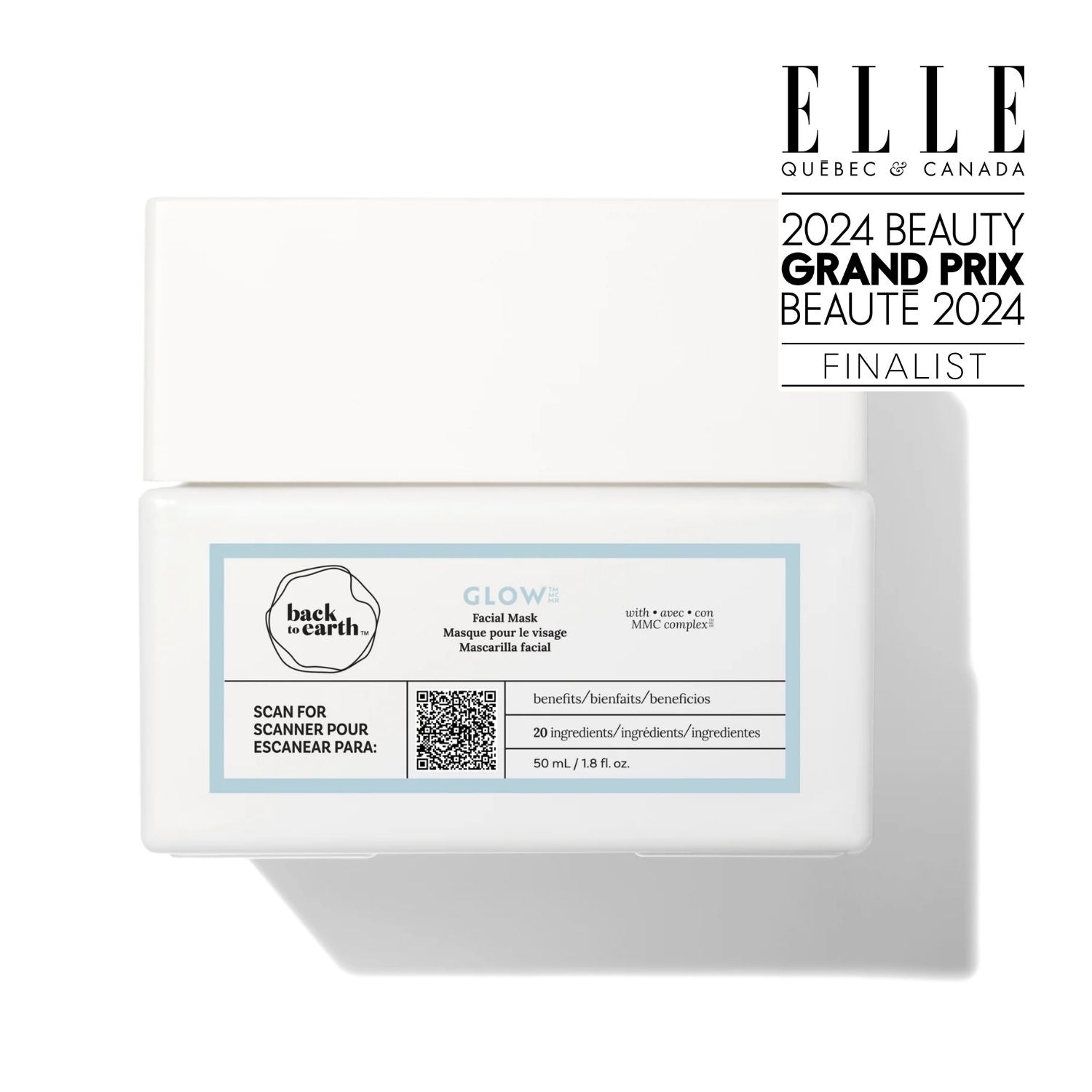What Makes A Good Cleanser?
Your cleanser is the foundation of your skin-care routine. It’s the first product that you use in the morning and at night and it preps your face to absorb the moisture and nutrition provided by your serums and creams. Here’s why skipping your cleanser does your skin a disservice and how to find (and use!) the right cleanser for you.
Why a cleanser is an important part of your skin-care routine
Cleansing your skin morning and night has a whole range of benefits for your complexion:
- Removes makeup: Sleeping in your makeup may clog your pores and lead to breakouts. It can also cause dry skin and irritation. Always remove your makeup before you turn out the lights.
- Clears away impurities: Even if you don’t wear makeup, your skin is exposed to pollution and dirt throughout the day. It also produces oil and regenerates throughout the night, which releases dead skin cells. If you don’t wash your face, your skin will be covered in a layer of grime that can cause blemishes and prevent other skin-care products from penetrating.
- Improves absorption: Cleansing helps to manage the pH of your skin, which in turn supports water retention and the absorption of the serums and moisturizers that you apply.
[product_grid]
Key terms to look for on your cleanser’s label
A natural cleanser can work just as well as a conventional cleanser—but it won’t disrupt the skin barrier with irritating chemicals. Look for natural oils like jojoba, peppermint, rosemary and clary, which help calm and soften the face, as well as orange and lemon oils and extracts, which refresh the skin. Tea tree oil is known to be antibacterial and anti-inflammatory, which makes it a great ingredient for acne-prone skin. Also watch for natural surfactants (which help to wash away oil) and natural preservatives.
Cleanser ingredients to avoid
A cleanser with gentle-yet-effective ingredients is always a good idea—especially if you have sensitive skin. Read the label to ensure it’s free from alcohol and synthetic fragrances, which can dry out the skin and cause irritation. Also scan for parabens, phthalates, sulphates and propylene glycol—which may irritate or disrupt your bodily systems, according to Environmental Working Group (EWG).
How to use your cleanser
Follow these steps to get the most out of your face cleanser:
- Pull your hair back from your face, securing it with clips or an elastic.
- Thoroughly wash your hands.
- If you’re using a foaming, cream or gel cleanser, moisten your face with lukewarm water.
- Squirt a quarter-sized amount of cleanser into your palm and massage it into your face, ensuring that you rub it into all areas including around your nose and along your hairline.
- Rinse your face with lukewarm water and pat it dry.
- If you’re using an oil cleanser, you’ll want to massage it onto dry skin, then rinse with lukewarm water.
For clear, refreshed skin that’s free of buildup from oil, pollution and dead skin cells, make sure you wash your face both morning and night.


